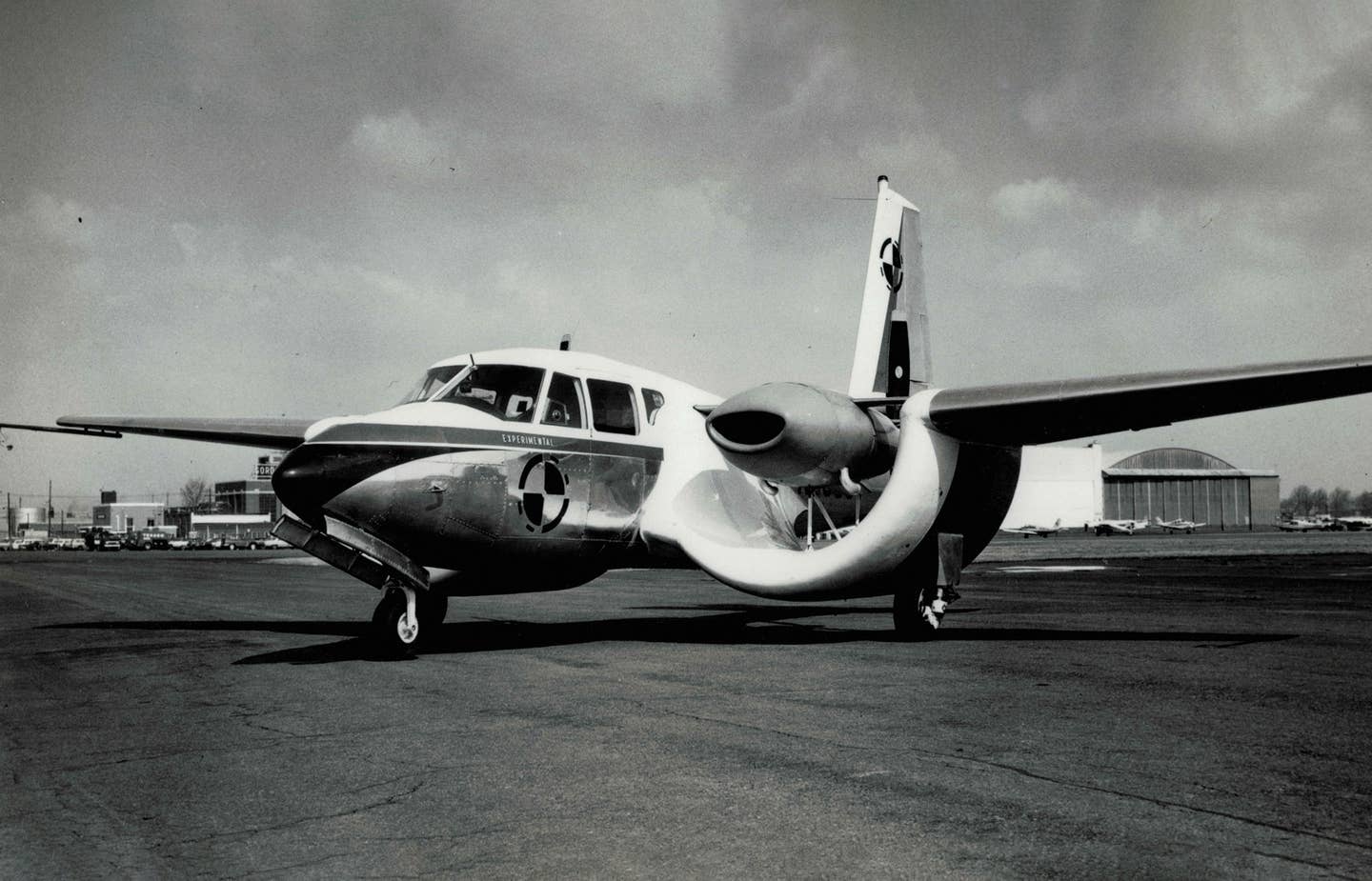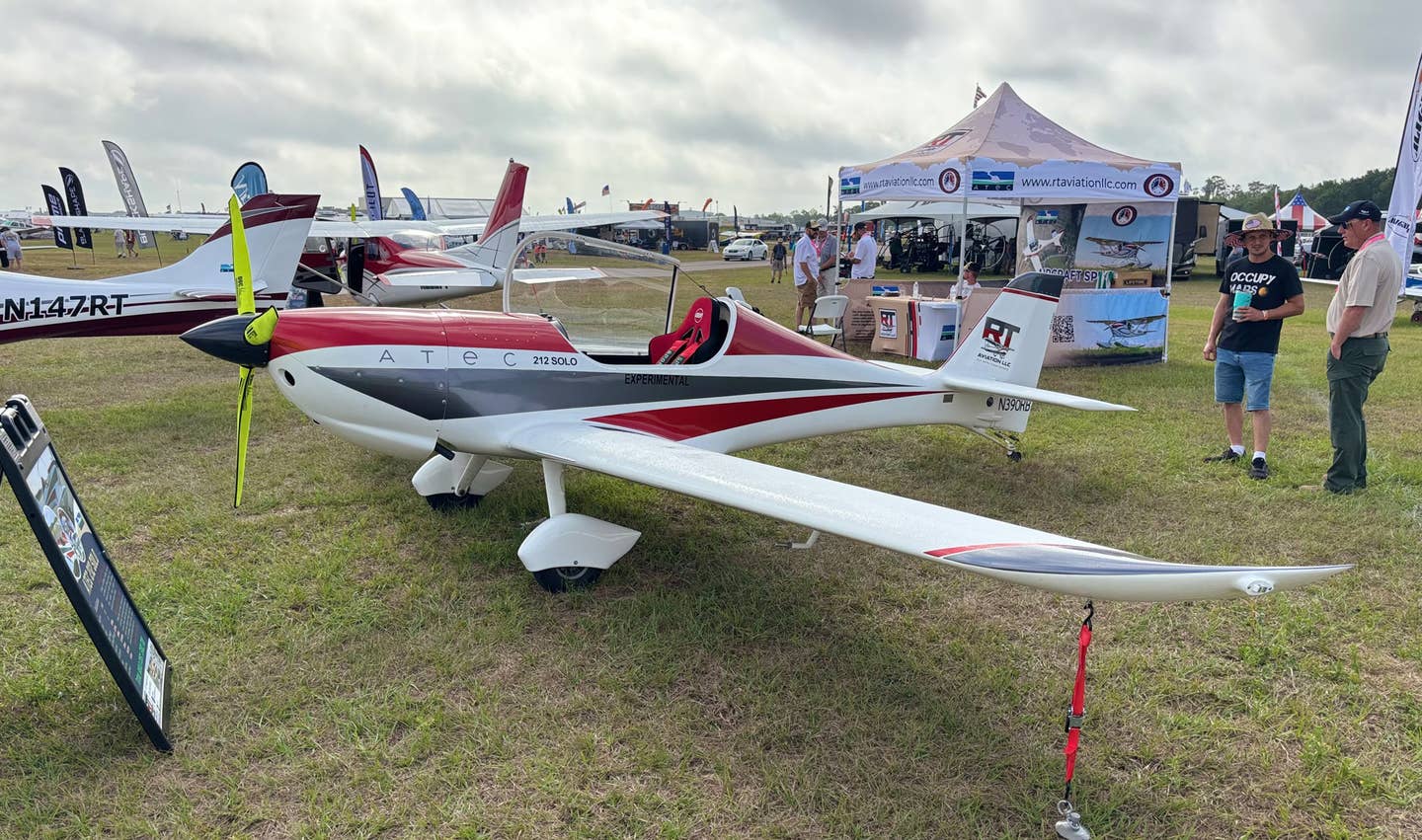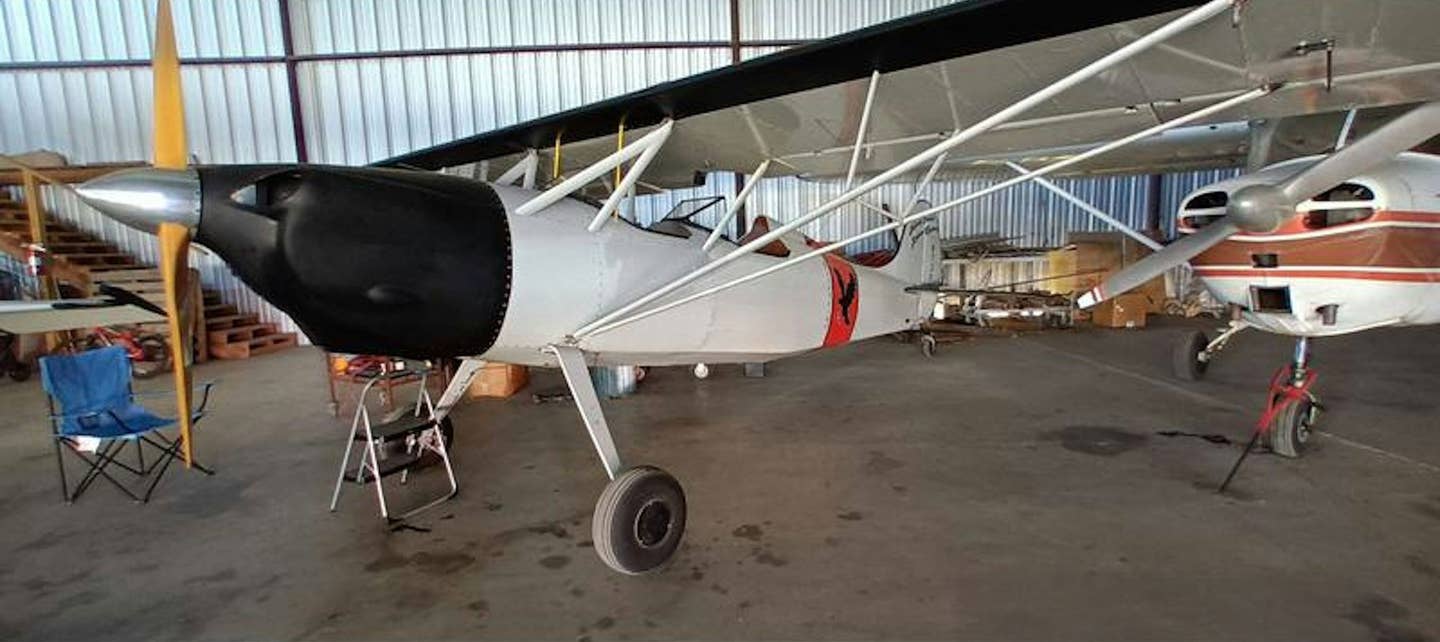Custer CCW-5 Channel Wing
It’s the STOL twin that developed the unique design concept.

Image courtesy Joel Custer/Custer Family
The Custer CCW-5 Channel Wing might best be described as a successful failure.
As we have often seen, the search for truly breakthrough aircraft designs can be a challenging one. Many fail, a few succeed, and for so many, it is a long road.
For example, Jack Northrop’s “flying wing” concept took nearly half a century to grow from the successful 1940 N-1M single-seat, piston-powered prototype to the iconic B-2 Spirit, known as the Stealth Bomber.
During this same half-century, Willard Custer was developing an airplane with a unique wing design that carried six passengers and crew, could be constructed economically, and take off and land much like a helicopter. Custer’s CCW-5 “channel wing” design delivered on the promise of short takeoff and landing (STOL). Though it failed in the marketplace, it created one of the most unique aircraft to have ever flown.
For the last 100 years or so, pilots and engineers have argued about why aircraft actually fly. Of course, our old friend Daniel Bernoulli is central to this spirited discussion. The arguments usually focus on which is more important, the relative wind speed and air pressure above or below the wing.
As early as 1925, Pennsylvania-born engineer Custer decided that in addition to just moving an airplane’s wings through the air, a wing and powerplant combination could be designed that drew air across the top of the wing at a much higher velocity than the air below. Legend has it that Custer observed how roofs were lifted off barns during windstorms and decided that he could recreate this effect.
Fast-forward to 1929 and Custer was granted a patent for the channel wing concept. This unique design forms a half circle immediately below the engine and in front of a pusher propeller. Thus, the propeller draws air through the channel, reducing pressure and producing lift.
The run-up to World War II created the perfect opportunity to nurture new and untried designs, and the Custer Channel Wing was no exception. Custer’s first prototype, the CCW-1 “Bumblebee” was a small single-seater featuring two 75 hp engines. The Bumblebee moniker came from its stout appearance and relatively tiny wings. The propellers were mounted behind the large channel wing sections in a pusher configuration. In addition to the inboard channel wings, the little prototype featured conventional wing sections outboard.
In flight tests, the Bumblebee’s performance was excellent. While unable to take off and land vertically, the CCW-1 could do so in very short distances and fly at very low speeds. These were both qualities that the U.S. Army wanted to support its troops in the field.
The first flight occurred by accident on November 12, 1942. Custer, who was not a pilot, was taxi testing the aircraft when it became airborne. A hard landing ensued. While the crash damaged the aircraft, it proved the promise of the design.
The CCW-1 was test-flown for over 300 hours and proved quite capable of STOL and low-speed flight. Over time, the outboard conventional wing sections were at first shortened, then removed altogether, proving the aircraft could fly on the lift created by the channel wing sections alone.
In 1948, Custer produced a second twin-engine Channel Wing research vehicle, based on a Taylorcraft BC-12 fuselage. It flew for an additional 100 hours of testing. Despite impressive takeoff performance of under 50 feet, this very light version of the channel wing did not appreciably improve on the takeoff and slow flight of the very light Piper Cubs of the day.
The real value of the Channel Wing was in developing a much heavier STOL aircraft that could carry four to six passengers over long distances. Responding to an Air Force request for proposal, Custer decided to meet this challenge.
In 1952, he formed the Custer Channel Wing Corporation to develop a military STOL liaison and light transport. The result, the CCW-5, was developed in record time. The first flight came a little over a year later on July 13, 1953.
To design and fly the Channel Wing in this short period of time, Custer needed to be creative.
As it turned out, the Baumann Aircraft Corporation of Los Angeles was developing a high-wing, six-seat pusher light transport plane, the Brigadier, and had constructed two prototypes. While the Baumann Brigadier was unsuccessful in the marketplace, Custer negotiated to utilize the fuselage, tail, and engines and replace the wing sections with his channel wing configuration. These significant modifications were accomplished at Baumann’s LA facility.
According to an excellent 2018 article by Robert Guttman, the completed CCW-5 “could take off in three seconds after a 100-foot roll and fly very controllably at speeds between 22 and 200 mph.” Its low-speed handling was excellent, the stall gentle, and landings short.
All of this was accomplished without the benefit of the flaps, slats, slots, or the plethora of vortex generators commonly found on modern STOL designs. The CCW-5 prototype carried a pilot and five passengers in a comfortable cabin, a big step up from the previous Custer prototypes. Powered by two 225 hp O-470 Continentals, with a max gross weight of nearly 5,000 pounds, this level of performance seems quite remarkable, even by modern standards.
With a successful prototype in hand, Custer attempted unsuccessfully to sell his design throughout the 1950s. As the ’60s dawned, he received additional financial backing and constructed a second production CCW-5 at his Custer factory in Oklahoma. This production model’s 1964 first flight replicated the performance of the prototype.
However, like so many promising aviation concepts, the market never materialized, and eventually, the money ran out. The initial CCW-5 prototype flew nearly 250 hours of test and customer flights, and the second production model flew all over the United States in the ’60s and ’70s in search of business development and markets.
The good news is that while CCW-5 No. 1 was dismantled in 1954, the second production prototype is owned by the Mid-Atlantic Air Museum in Reading, Pennsylvania. It is on display in its initial bare aluminum and fiberglass, awaiting additional funds and time for a complete restoration.
If you want to know more about the Channel Wing, and the creative mind behind it in Custer, you might consider the book, The Speed of the Air, by Joel Custer and Robert Englar.
And if you are contemplating a 100-dollar hamburger flight in the Northeast U.S., consider a cross-country to Reading to see this incredible plane.

Subscribe to Our Newsletter
Get the latest Plane & Pilot Magazine stories delivered directly to your inbox






